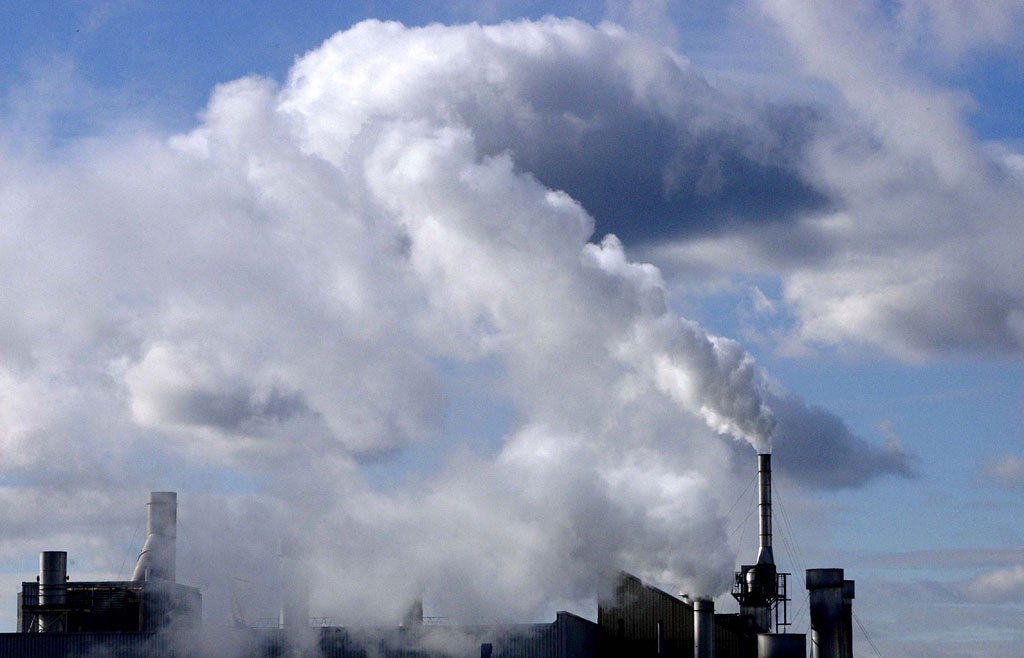Carbon removal or “negative emissions” is a hot topic. According to the Emissions Gap Report, carbon removal is “likely a necessary step” if countries are going to meet the Paris climate accord’s goal of keeping global warming below 1.5 degrees by 2030.
It was included in the United Nations Environment Programme’s 2017 Emissions Gap Report, and is the subject of recent features in The New Yorker and The Atlantic. The New Yorker calls carbon removal “a potential trillion-dollar industry.”
Several companies are getting in the act. Carbon Engineering, backed by Bill Gates, uses a chemical process to pull about a ton of CO2 from the atmosphere a day, producing a purified stream of carbon dioxide that is stored in canisters.
Carbon Engineering says its technology can scale up to capture one million tons of CO2 a year. New York’s Global Thermostat and the Zurich-based Climeworks are also building machines to suck CO2 from the air. Climeworks is capturing 900 tons of the gas a year, which is used by a large greenhouse to help grow bigger produce.
Lever Architecture, based in Portland, Ore., designs buildings that use a high-tech product called “mass wood,” which is stronger than typically wooden beams and fire and earthquake resistant.
Substituting wood for other construction materials could prevent up to 31% of global carbon emissions, according to the Journal of Sustainable Forestry.
While none of these options are available at scale, they do show promise. “If you’re really concerned about coral reefs, biodiversity [and] food production in very poor regions, we’re going to have to deploy negative emission technology at scale,” says Bill Hare, a physicist and climate scientist and co-founder of Climate Analytics, a science and policy nonprofit. “I don’t think we can have confidence that anything else can do this.”











